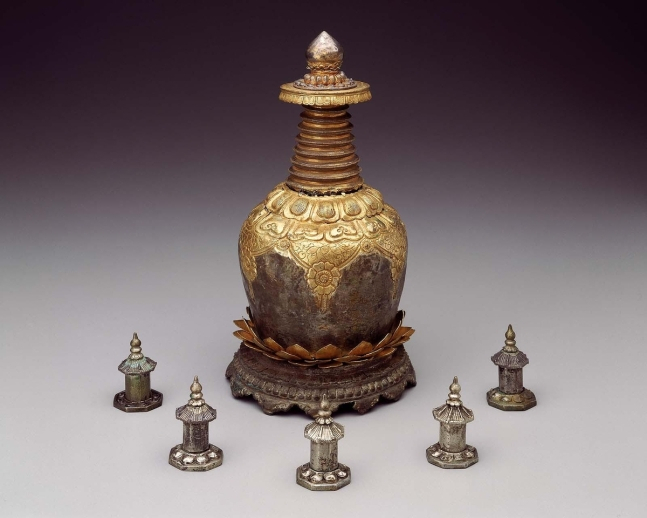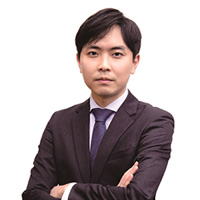
South Korean Buddhist monks will bring back long-sought 14th-century Buddhist relics from the Museum of Fine Arts, Boston, following a transfer ceremony there Tuesday.
The event is the latest highlight from a deal struck in February in which the museum agreed to “donate” the sarira, or bead-shaped objects found among cremated remains of Buddhist masters. The agreement between the museum and a delegation of Cultural Heritage Administration officials and monks from the Jogye Order of Korean Buddhism, which once housed the objects, ended a 15-year stalemate on the repatriation of the relics from the Goryeo Kingdom.
The Ven. Hyegong, head of the Korean delegation, the Ven. Hosan, the chief monk of Bongeunsa -- the temple overseeing the site believed to have been the sarira’s home -- and Kim Jae-hui, the Korean consul general in Boston, are to attend the transfer ceremony along with seven officials of the MFA, Boston, led by its director, Matthew Teitelbaum.
Following the return, the sarira will be transferred to Hoeamsa in Gyeonggi Province, the temple where it is believed to have been kept originally, on May 19. Public viewings may take place after that, a senior Jogye official told The Korea Herald on Monday.
However, it is unclear whether any progress has been made on a potential loan of the sarira container, which remains in Boston.
While the sarira are of religious significance, the silver-gilt Lamaistic pagoda-shaped reliquary represents the height of the Goryeo Kingdom’s Buddhist culture of the 14th century.
The cultural significance of the container is why the CHA had sought to reclaim both the sarira and the reliquary as a set since 2009, when negotiations began with the museum, which had stuck by its position that only the sarira would be returned. The US museum now appears more flexible on the issue, and the CHA is pushing for a loan of the container.
The museum contends the container should be treated differently, citing its legitimate purchase from a dealer in 1939, an acquisition the museum says involved no “theft, looting or coercive transfer.”
While some in Korea have raised questions about how the dealer, whose name appears to be Japanese, had obtained the piece, officials with knowledge of the matter have privately indicated they do not expect to see any development on that front.
“We will consider opportunities for collaborative projects with the Jogye Order and the CHA following the donation,” the MFA said in an email response to The Korea Herald inquiries asking what developments have been made regarding the loan since the museum and CHA exchanged letters on the topic after the February agreement.





![[KH Explains] No more 'Michael' at Kakao Games](http://res.heraldm.com/phpwas/restmb_idxmake.php?idx=644&simg=/content/image/2024/04/28/20240428050183_0.jpg&u=20240428180321)




![[Grace Kao] Hybe vs. Ador: Inspiration, imitation and plagiarism](http://res.heraldm.com/phpwas/restmb_idxmake.php?idx=644&simg=/content/image/2024/04/28/20240428050220_0.jpg&u=)









